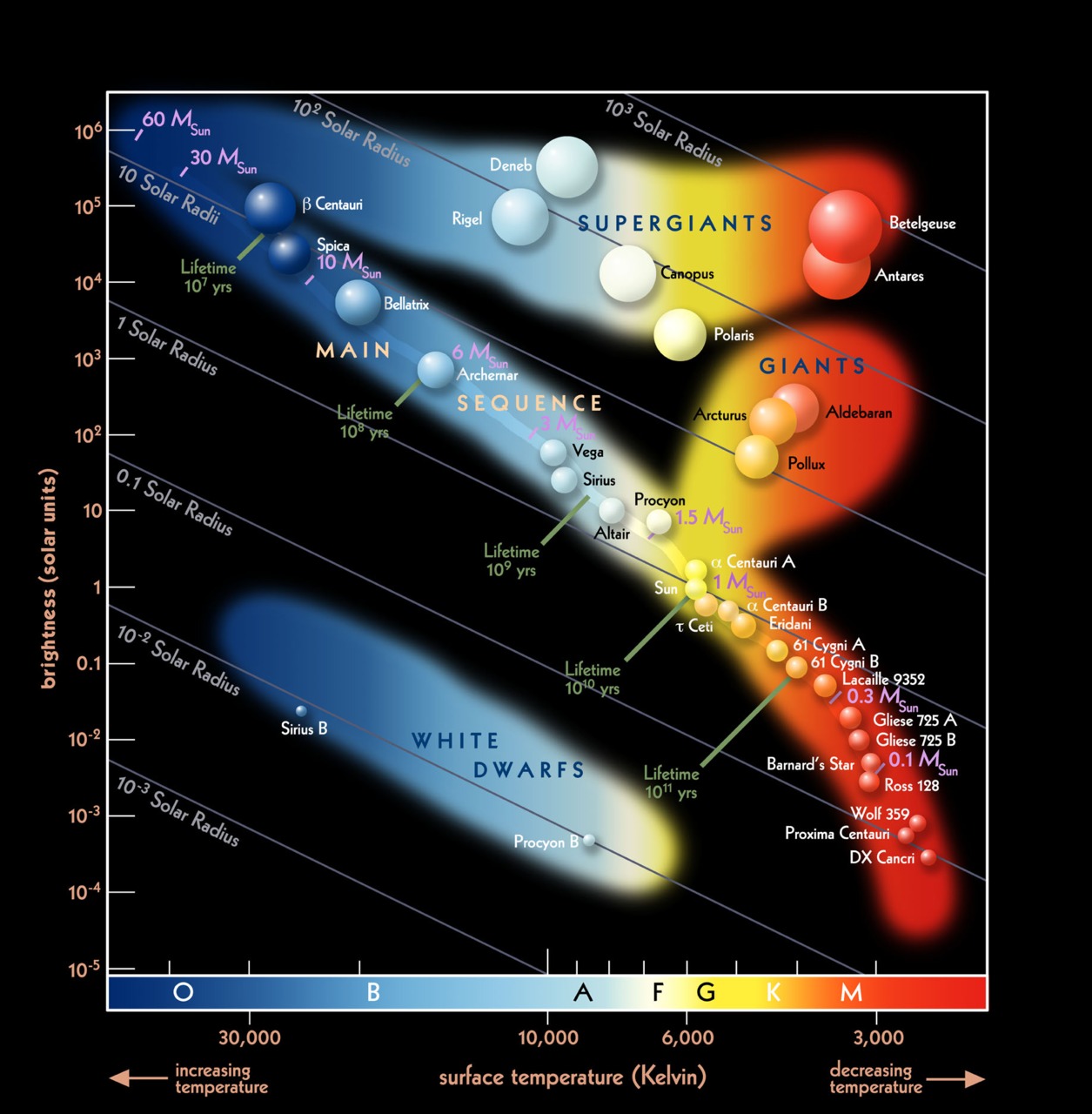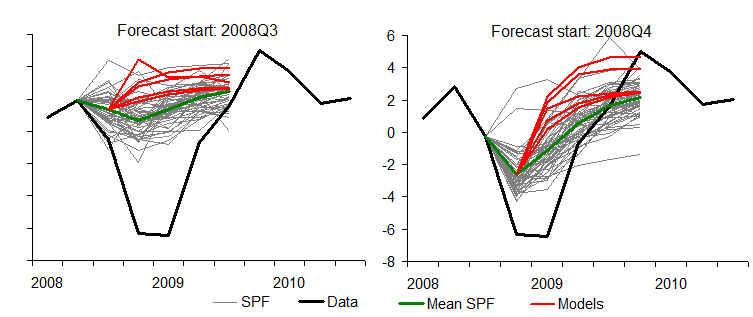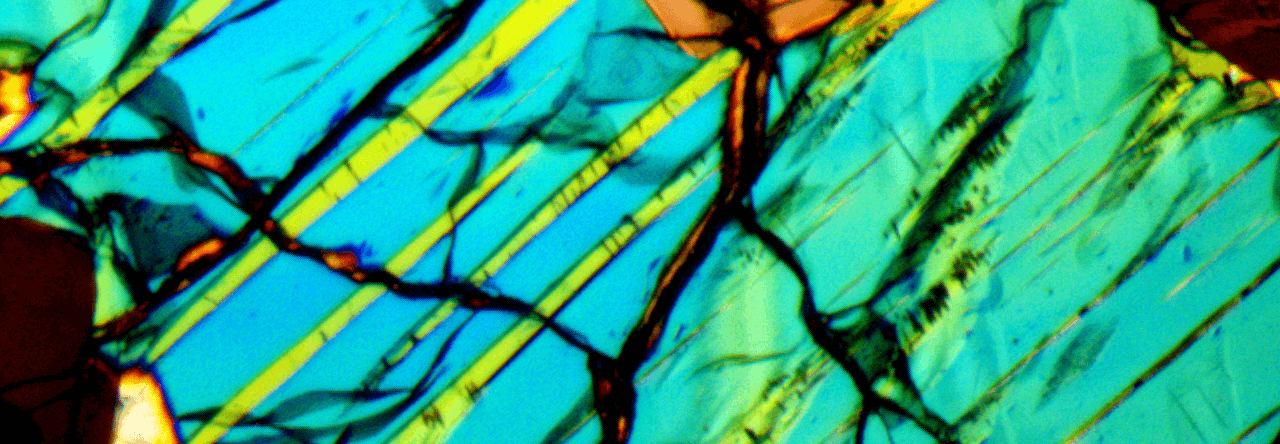 |
| The Life of a Star – Understood Through Statistics |
Category: thoughts (Page 6 of 7)

After reading Edward O. Wilson‘s On Human Nature, several opinions and ideas formed; I think the spiritual and universal awareness/wisdom of humans follows a distribution function (perhaps Gaussian). In other words all humans are not born with the same potential to be aware of deeper concepts and principles. Some individuals are not able to comprehend universal ideas and principles of life; while others are deeply in tune with the essence of the universe. This awareness would seem to be genetic. I say that because there have been people in all cultures throughout history who have possessed such spiritual and universal wisdom. Also, no amount of cultural teaching will allow one to obtain such wisdom. We are simply born with a high potential or low potential and this expresses itself naturally.
Thus, there is not an object equally inherited by all humans which we could call a “soul” or consciousness. Individual humans are conscious or aware of the universe in varying degrees. This is related to the origin of consciousness. Was there an Adam, i.e. a first human who was conscious? Have organisms always been conscious to a certain degree, depending on various factors? Could we consider the universe itself conscious? Interesting ideas. I would suggest reading Douglas Hofstadter‘s book about strange loops and other books on consciousness here.

Modelling market returns as independent random variables/martingales is the same as modelling the solar system as a geocentric system with the planets and Sun circling around Earth in epicycles. Predictions of the future are often vastly incorrect in both models. Quite surprisingly, this solar system model survived for thousands of years, despite it being totally incorrect. Then came Tycho Brahe who introduced a modified version of this Ptolemaic system. In Brahe’s model the planets orbit the Sun which orbits the Earth. While this model improved the accuracy of planetary motions, it failed to model reality. Perhaps it could be said that stochastic jump processes are equivalent to Brahe’s model of the solar system. While these jump process do a better job at modelling the returns than simple stochastic processes, they fail to grasp the underlying true model of returns.
 |
| Poor Market Forecasting |
And as we now know, the true model (for now) of the solar system was introduced by Aristarchus (Copernicus and Kepler helped bring forward this model) and predicts planetary motions with near perfection and represents the actual state of the solar system. I believe that the analogous model for stock returns has been introduced by Didier Sornette, Anders Johanson and others.
There is the interesting possibility of this: the stochastic volatility model referred to as the Ornstein-Uhlenbeck process represents the physical process of a “noisy relaxation process.” The Wiener Process represents Brownian motion or motion of a particle through a gas or liquid. So, if we consider the movement of a stock through a virtual container of many stocks (these stocks are the atoms in the Brownian motion) then we need to ask ourselves: What does the price, interest rate, returns, etc. mimic? It is NOT the equations! BUT the physical processes themselves. Why is an interest rate in a state of disequilibrium in the first place… that it must try to relax? Who put the stock in swarm of human hands all independently moving… It more correctly seems that the traders are following its movement at every second, waiting to grab it when the time if right (thus not independent)?
Let’s say that you have started an IRA or some sort of long term retirement account. One strategy would be to invest 100% of your money in an index fund which follows the S&P 500. This would give you around 9 – 11% annual average returns over 50+ years. However, you will notice that there are several times throughout the life of the account in which the index suffers massive losses.
To counteract these loses it would be wise to find another index, such as a short term bond fund, where you could temporarily store your returns; then, once the market has crashed, you could invest these funds back into the stock market.
This strategy is a modified version of the one suggested by Benjamin Graham in The Intelligent Investor. His strategy was to always be in a range of 25-75% in a bond and stock fund. In other words, never have your portfolio more than 75% or less than 25% in either bonds or stocks. Then, depending on whether you “felt” the market was too optimistic or too pessimistic you would adjust your ratios accordingly. I feel that this idea of optimism and pessimism can somehow be quantified and developed into an algorithm.
Take two index funds: the S&P 500 index fund and a two year bond fund. Both have minimal expenses (Vanguard funds). The strategy is simple. Begin with 70% in stocks and 30% in bonds and wait 24 months. Now, check the past 24 months. Is there a gain or loss of magnitude greater than 50% in the S&P 500 index during this period? If true, then readjust your portfolio. If it is a gain, then bring the portfolio back to 70% S&P 500 index and 30% bond fund. If it is a loss, then bring the portfolio to 95% S&P 500 and 5% bond fund. Repeat this process every 24 months. Also, make sure you continue to make monthly deposits 50-50 into the stock and bond funds.
Performing this strategy with certain adjustments in these ratios will allow the investor to achieve better than market annual average returns for 50+ years. I am currently trying to work out the exact results and best parameters of this strategy. I believe these returns will be even better depending on the amount invested per month.
Sadly, most people make the mistake of decreasing their stock holdings right after a crash and increasing their stock holdings during a bull market which precedes a crash. This psychological reflex will lower the net return drastically.
Could technology be the beginning of the end for human civilization?
Possibility the entire infrastructure of modern civilization relies on manipulations of the electron through complex technologies. A wise idea would be to prepare the Earth for at least one year without a single amp of electricity. The big question is: How can we support all current human life with no electricity? If that one year began today the result would be anarchy, downfall of civilization, and loss of life. Now that we are in a position to preemptively avoid such a disaster, we need to install a “backup generator.” How or what is to be done? Great minds working together should be able to come up with a solution.
To emphasize this potential danger, I propose a book. This book would actually consist of at least one year of journal entries. These entries could be posted through a blog. And for one year I would post the life of a character who is living through this theoretical world of no electricity and no technology. What if I could find another author who would detailed the life of another person in another culture with the same global events. Two stories, two perspectives, same events.
In this book, the failure of technology would be caused by an intelligent and hostile alien race. They would have mastered the human race’s social and biological characteristics. Through this mastery they would be able to target our tools and electricity but not our electrical nerve impulses. Human civilization and its survival is entirely rooted in the manipulation of the electron through various technological tools. The resulting unrest caused by anarchy would deflate the “artificially” inflated human population. This can be seen dramatically through an analogy with Native Americans, whose populations and societies suffered from disease, thus making invasion by outsiders easier.
This is a very rough draft of my entire idea. Consider Solar Storms.


